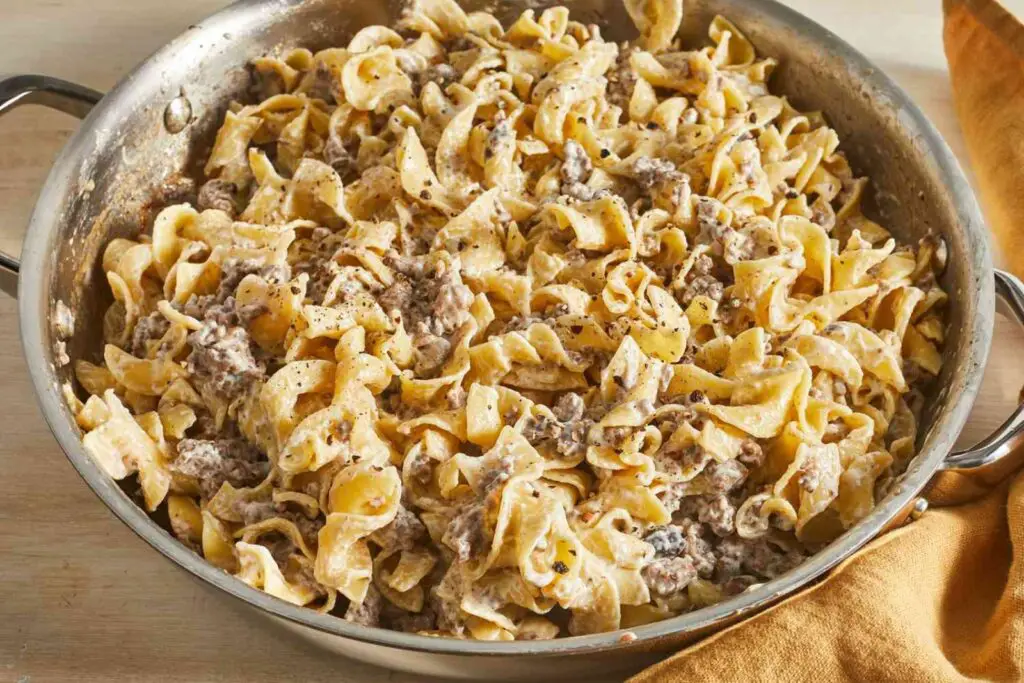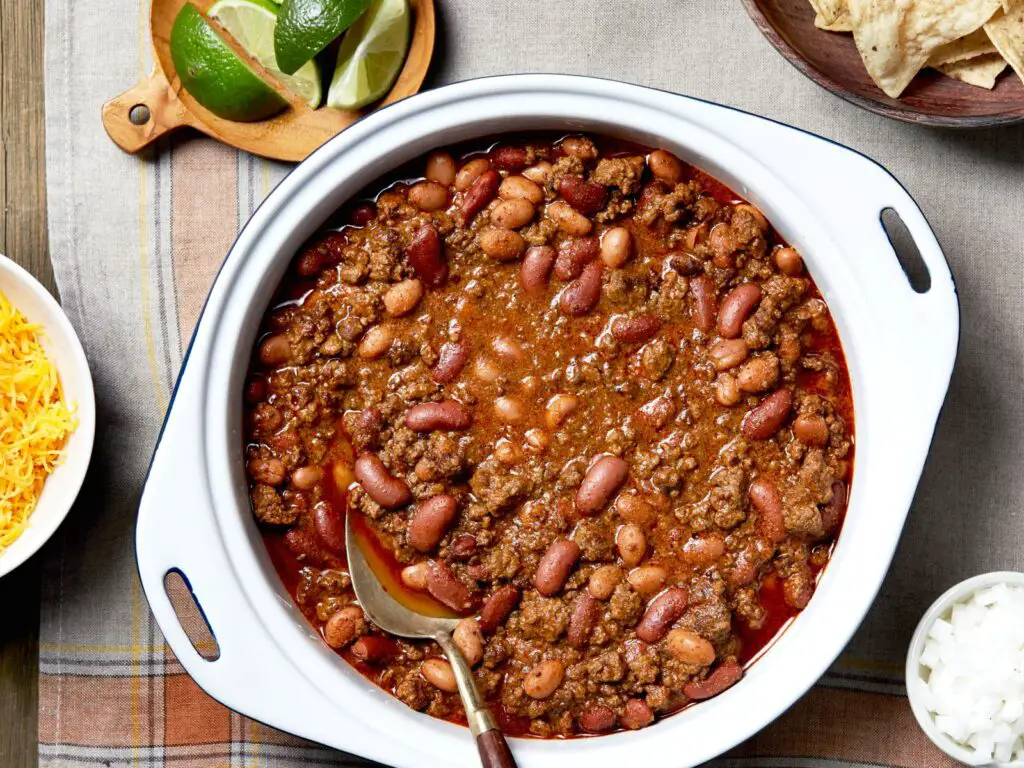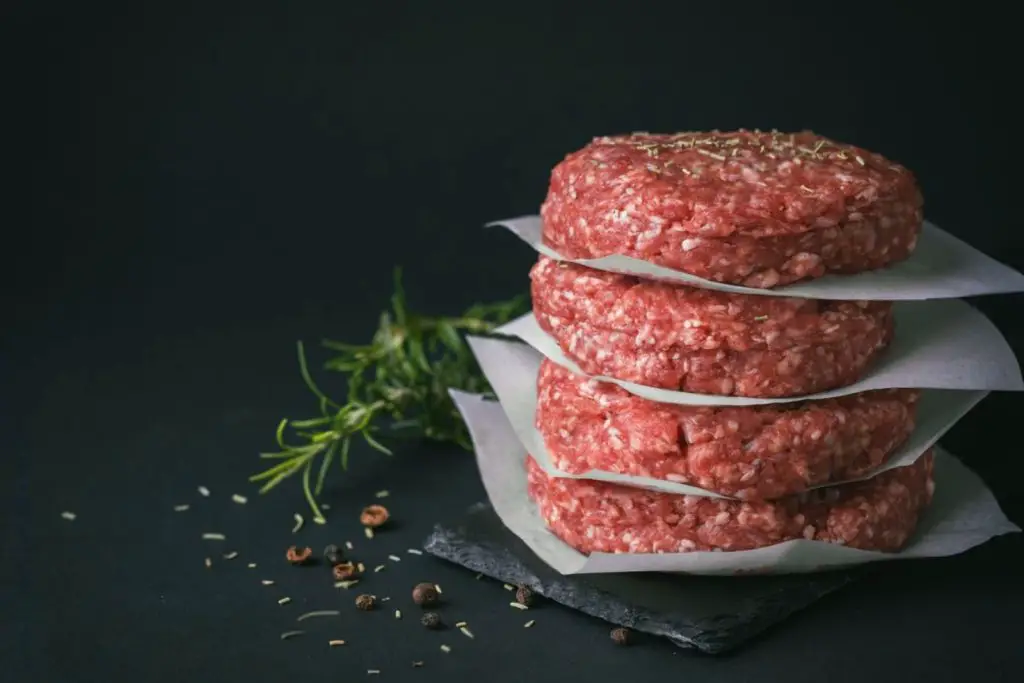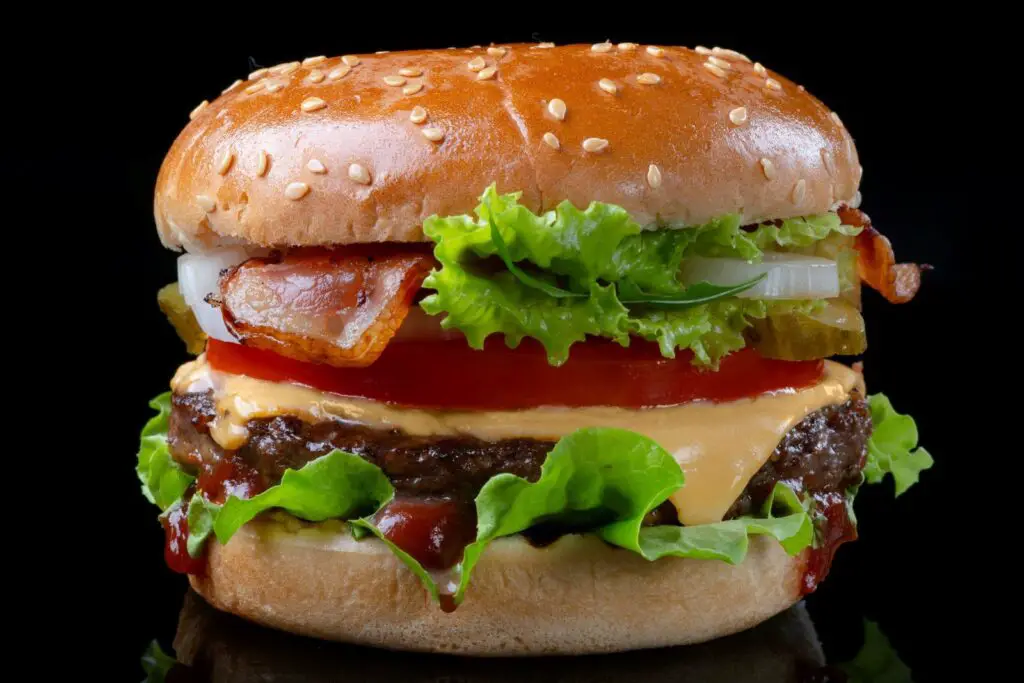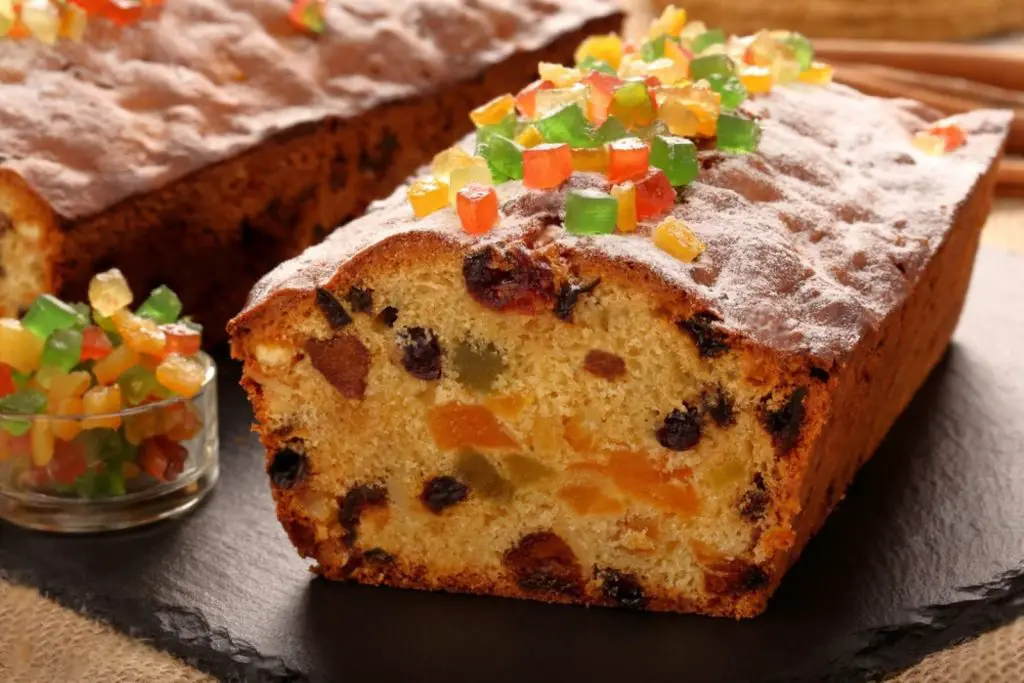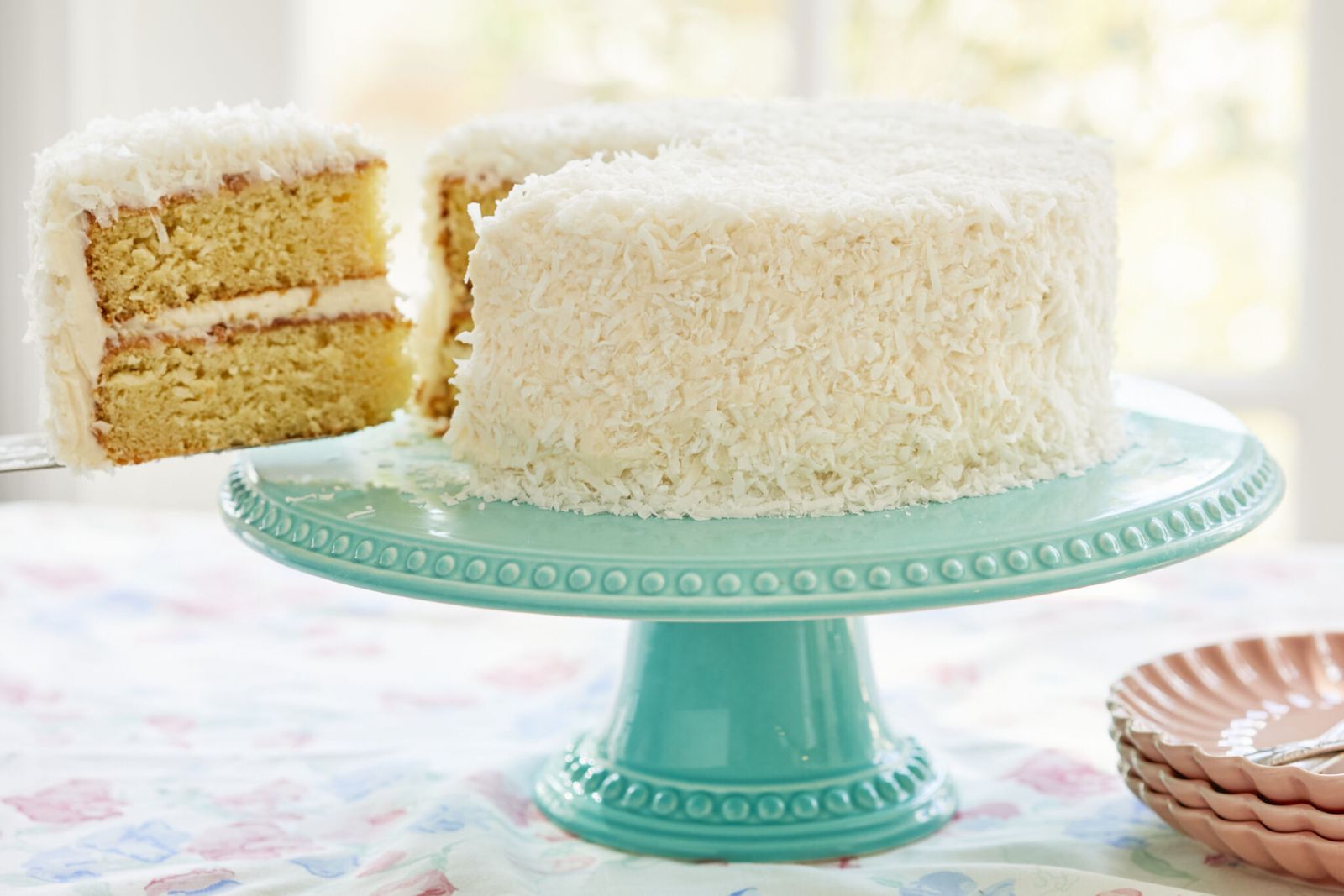
Coconut cake is a delicious dessert made with coconut-flavored batter and often layered with coconut frosting or filling. It is a moist and fluffy cake with a rich coconut flavor that appeals to coconut lovers. The cake can be made with shredded coconut, coconut milk, or coconut extract to enhance its tropical taste. Freezing coconut cake is a wonderful way to preserve its freshness and savor its deliciousness over an extended period of time. Whether you have baked a large coconut cake for a special occasion or simply want to save some leftovers, properly freezing it will help maintain its moistness and flavor. By following a few simple steps, you can ensure that your coconut cake remains as delightful as the day it was baked.
Here’s a step-by-step guide on how to freeze coconut cake:
- Step 1: Allow the coconut cake to cool down completely
- Step 2: Decide on portion sizes or freeze it whole
- Step 3: Wrap each portion or the entire cake tightly in plastic wrap
- Step 4: Wrap the plastic-wrapped cake in aluminum foil
- Step 5: Label and date the package
- Step 6: Place the wrapped coconut cake in the freezer
Step 1: Allow the coconut cake to cool down completely
After baking a coconut cake, it’s crucial to allow it to cool down completely before proceeding with the freezing process. Cooling the cake serves multiple purposes in ensuring its quality and texture when thawed.
Firstly, cooling the cake allows the moisture within it to settle. When a cake is freshly baked, the heat causes steam to accumulate inside, creating a moist environment. Allowing the cake to cool gradually helps the moisture redistribute evenly throughout the cake, preventing any excess moisture from causing sogginess or uneven texture during freezing.
Secondly, cooling the cake helps it firm up. While warm, the cake is delicate and more prone to breaking or losing its shape during the wrapping and handling process. Cooling it down allows the structure to set, making it easier to handle without compromising its integrity.
Lastly, cooling the cake helps it retain its flavor. As the cake cools, the flavors develop and meld together, resulting in a more harmonious taste. Freezing the cake at this stage preserves these flavors, allowing you to enjoy the same deliciousness when you eventually thaw and serve it.
Step 2: Decide on portion sizes or freeze it whole
When freezing a coconut cake, it’s important to decide whether you want to freeze the entire cake as a whole or divide it into individual portions. This decision plays a role in determining the most suitable wrapping method for the cake.
- Freezing the entire cake: If you choose to freeze the entire coconut cake, it’s crucial to ensure that you have enough freezer space to accommodate its size. Freezing the cake as a whole can be convenient if you plan to serve it as a centerpiece dessert for a future occasion. However, keep in mind that thawing and consuming the entire cake might not be practical for smaller gatherings or individual servings.
- Dividing into portions: Alternatively, you can divide the coconut cake into individual portions before freezing. This allows for more flexibility when it comes to serving and thawing. Portioning the cake before freezing is particularly useful when you want to enjoy smaller servings or if you have different people with varying preferences or dietary needs.
- Determining the appropriate wrapping method: The choice between freezing the whole cake or individual portions will influence the wrapping method you use. If freezing the entire cake, you’ll need to wrap it in a way that protects its overall shape and prevents any air exposure. On the other hand, if portioning the cake, each piece should be individually wrapped to maintain freshness and prevent freezer burn.
Can I freeze individual slices of coconut cake?
Absolutely! Freezing individual slices of coconut cake can be convenient for portion control and easy serving. Wrap each slice tightly in plastic wrap and then place them in a freezer-safe container or zip-top bag. Remember to label and date the packaging for easy identification.
Step 3: Wrap each portion or the entire cake tightly in plastic wrap
To properly preserve the coconut cake and prevent freezer burn, it is essential to wrap each portion or the entire cake tightly in plastic wrap. This step creates a protective barrier that seals in the cake’s moisture and prevents air exposure during freezing.
When wrapping individual portions, place each slice or piece of coconut cake on a sheet of plastic wrap. Gently fold the plastic wrap over the slice, making sure to cover all sides and corners. Press down lightly to remove any air pockets and ensure a snug fit. Repeat this process for each portion, keeping them separate from each other to avoid sticking together.
If you’re freezing the entire cake as a whole, place the cake in the center of a large sheet of plastic wrap. Wrap the plastic tightly around the cake, pulling it firmly to eliminate any gaps or loose ends. Smooth out the plastic wrap to adhere closely to the cake’s surface, ensuring complete coverage.
By wrapping the coconut cake tightly in plastic wrap, you create a protective layer that prevents air from reaching the cake. Exposure to air can lead to freezer burn, which can negatively affect the cake’s texture and taste. Freezer burn occurs when moisture within the cake evaporates, causing it to become dry, discolored, and develop an unpleasant flavor.
Properly sealing the cake with plastic wrap helps maintain its moisture, freshness, and quality while in the freezer. It also makes it easier to handle and stack the portions or the entire cake, optimizing storage space.
Should I wrap the coconut cake in plastic wrap before placing it in a freezer bag?
Wrapping the coconut cake in plastic wrap before placing it in a freezer bag is a recommended practice. Plastic wrap provides an extra layer of protection against air and moisture, reducing the risk of freezer burn. Placing the plastic-wrapped cake in a freezer bag further enhances its insulation and safeguards it from potential odors or flavors from other freezer items.
Step 4: Wrap the plastic-wrapped cake in aluminum foil
After wrapping the coconut cake tightly in plastic wrap, the next step is to provide an additional layer of protection by wrapping it in aluminum foil. This extra layer of wrapping helps to safeguard the cake against freezer burn and maintain its moisture, texture, and flavor during the freezing process.
Freezer burn occurs when the moisture within the cake evaporates, leading to dryness, changes in texture, and potential flavor degradation. By wrapping the plastic-wrapped cake in aluminum foil, you create a barrier that minimizes air exposure and helps to prevent the loss of moisture.
Aluminum foil acts as a protective shield, reflecting cold air and preventing it from directly contacting the cake. This insulation helps to maintain a more consistent temperature around the cake, reducing the risk of freezer burn. It also adds an extra layer of physical protection, preventing the cake from getting damaged or crushed in the freezer.
Furthermore, the aluminum foil wrapping helps to preserve the cake’s flavor. It helps to seal in the natural aromas and flavors of the coconut cake, preventing any unwanted odors from other freezer items from permeating the cake.
When wrapping the cake with aluminum foil, ensure that it is tightly sealed to provide maximum protection. Smooth out any wrinkles or creases in the foil to maintain a snug fit around the cake.
Step 5: Label and date the package
Before you place the tightly wrapped coconut cake in the freezer, it’s crucial to label the package with the current date and a description of its contents. This simple step is essential for easy identification and helps you keep track of the cake’s storage time.
Labeling the package with the current date allows you to have a clear reference point for when the coconut cake was frozen. This information is valuable because it helps you monitor the cake’s storage time and ensures that you don’t keep it in the freezer for longer than recommended. Most cakes, including coconut cake, are best consumed within a certain period for optimal taste and texture.
Additionally, including a description of the cake’s contents on the label can be helpful, especially if you have multiple items stored in the freezer. It allows you to quickly identify the package without needing to unwrap it or guess its contents. A brief description such as “Coconut Cake” or “Frozen Coconut Cake” can be sufficient.
Having labeled and dated packages also aids in organization and prevents confusion. If you plan to freeze multiple coconut cakes or different flavors of cakes, labeling ensures that you can easily differentiate them when selecting one to thaw and serve.
To label the package, you can use adhesive labels, sticky notes, or even a permanent marker directly on the aluminum foil (if it won’t damage the packaging). Place the label in a visible spot on the package for easy identification.
Step 6: Place the wrapped coconut cake in the freezer
Once you have completed the wrapping and labeling process, it’s time to carefully place the wrapped coconut cake in the freezer. This step ensures that the cake is stored properly and maintains its quality throughout the freezing period.
When placing the wrapped coconut cake in the freezer, it’s important to choose a flat surface. This helps to keep the cake’s shape intact and prevents any potential distortion or damage while it freezes. If you have a freezer shelf or a designated area for baked goods, that would be an ideal spot. Alternatively, you can place the cake on a baking sheet or a flat tray to provide stability and prevent it from getting knocked over or squished by other items.
If you are freezing multiple cakes or portions, it is recommended to arrange them in an organized manner to optimize the use of freezer space. You can stack them carefully, ensuring that there is sufficient space between each cake or portion to allow for proper airflow and prevent them from sticking together. Placing a sheet of parchment paper or plastic wrap between the stacked cakes can also help prevent them from sticking.
Organizing the freezer space not only allows you to maximize its capacity but also makes it easier to locate and retrieve specific cakes or portions when needed. It reduces the risk of accidental damage to the cakes and helps maintain their overall quality during storage.
Remember to close the freezer door gently after placing the wrapped coconut cake inside. This helps to maintain a consistent freezing temperature and ensures that the cake remains undisturbed.
How long can I keep a frozen coconut cake?
Coconut cake can last in the freezer for up to 3 months without significant loss in quality. Properly stored and tightly wrapped, the cake can retain its texture, flavor, and moisture during this period. However, it is always best to consume the cake within the first 1-2 months for the best taste and freshness.
Other related questions
How do I defrost coconut cake?
To defrost a coconut cake, it is best to follow a gradual thawing process to preserve its texture and flavor. Remove the frozen coconut cake from the freezer and place it in the refrigerator. Allow the cake to thaw slowly in the refrigerator for several hours or overnight. Once fully thawed, remove the wrapping and let the cake come to room temperature before serving to enhance its taste and texture. Avoid using heat sources or microwaving, as these can lead to uneven thawing and affect the quality of the cake.
Should I thaw the coconut cake before frosting it?
It is generally recommended to thaw the coconut cake completely before frosting it. Thawing allows the cake to regain its moisture and texture, making it easier to handle and frost evenly. Frosting a partially frozen cake can result in uneven frosting and may cause the cake to become too soft.
Can I refreeze coconut cake?
Once a coconut cake has been thawed from the freezer, it is generally not recommended to refreeze it. Refreezing can negatively impact the cake’s texture and flavor, resulting in a less enjoyable eating experience. It is best to consume the coconut cake after it has been thawed to preserve its quality.
How do I know if the coconut cake has gone bad after being frozen?
To determine if a frozen coconut cake has gone bad, several indicators can be observed. Inspect the cake for any signs of mold, unusual discoloration, or off-putting odors. Additionally, if the cake feels excessively dry, has a significant change in texture, or tastes stale or rancid, it may have deteriorated in quality and should be discarded. When in doubt, it is always safest to err on the side of caution and trust your senses when assessing the condition of a frozen coconut cake.
Can I freeze a homemade coconut cake?
Yes, you can freeze a homemade coconut cake. Ensure that the cake has completely cooled down before wrapping and freezing it. Homemade cakes may require extra care during the freezing process to maintain their freshness and taste, but they can be successfully frozen and enjoyed later.
Can I freeze coconut cake with frosting?
Yes, you can freeze coconut cake with frosting. However, it’s important to ensure that the frosting is fully set and firm before wrapping the cake. It is recommended to choose a frosting that freezes well and is not too delicate or prone to separation.
Can I freeze a coconut cake that has already been decorated with coconut flakes?
Yes, it is possible to freeze a coconut cake that has already been decorated with coconut flakes. However, freezing may cause some changes in the texture and appearance of the coconut flakes upon thawing. The frozen cake should be stored in airtight packaging to minimize moisture loss and potential damage to the coconut flakes during freezing.
Can I freeze a coconut cake that has been frosted with cream cheese frosting?
Yes, you can freeze a coconut cake that has been frosted with cream cheese frosting, but it’s important to consider a few factors. Cream cheese frosting may undergo slight texture changes upon freezing and thawing, potentially affecting its consistency. It is recommended to freeze the coconut cake without any delicate decorations, and to wrap it tightly to prevent air exposure and maintain its moisture. Thaw the cake in the refrigerator to minimize temperature fluctuations and preserve the quality of both the cake and the cream cheese frosting.
Can I freeze a coconut cake that contains dairy or cream-based ingredients?
Yes, you can freeze a coconut cake that contains dairy or cream-based ingredients, but it’s important to consider some factors. Dairy and cream-based ingredients may undergo slight texture changes upon freezing, potentially affecting the overall quality of the cake. It is recommended to freeze the cake without any perishable fillings or toppings, and to wrap it tightly to minimize air exposure and preserve its moisture.
Can I freeze a coconut cake that has been drizzled with a glaze or syrup?
Yes, you can freeze a coconut cake that has been drizzled with a glaze or syrup. However, it’s important to consider the characteristics of the glaze or syrup. Some glazes or syrups may become sticky or lose their texture upon freezing and thawing. It is advisable to freeze the cake without the glaze or syrup, and apply it fresh after the cake has been thawed to maintain its desired consistency and appearance.
Can I freeze a coconut cake that has been filled with a custard or fruit filling?
Freezing a coconut cake that has been filled with a custard or fruit filling can present challenges due to the nature of these fillings. Custard and fruit fillings may change in texture and consistency when frozen and thawed. It is generally recommended to freeze the coconut cake without the filling, and add it fresh after thawing to maintain its desired taste and texture. Alternatively, you can freeze individual slices of the cake with the filling, ensuring they are well-wrapped and properly sealed to minimize moisture loss and preserve quality.
Can I freeze a coconut cake that has been baked in a bundt pan?
Yes, it is possible to freeze a coconut cake that has been baked in a bundt pan. However, it is generally recommended to remove the cake from the pan before freezing to avoid any potential issues with sticking or uneven freezing. Once the cake has cooled completely, carefully remove it from the bundt pan, wrap it tightly in plastic wrap and aluminum foil, and place it in the freezer for storage.

